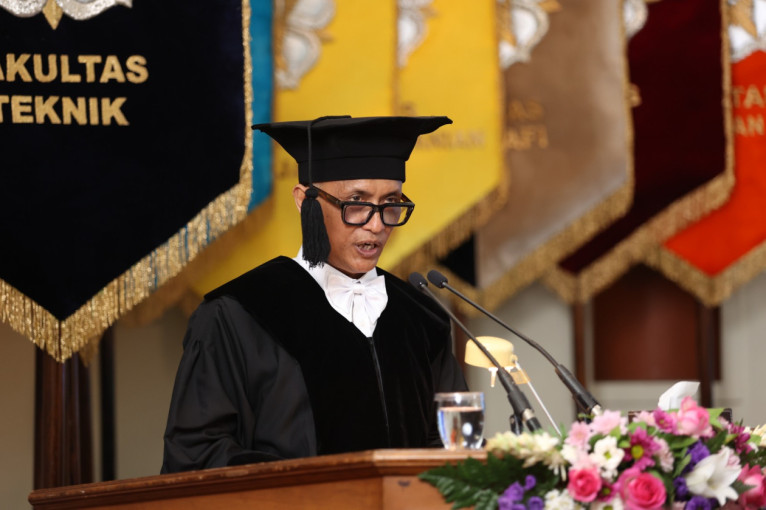
Indonesia, renowned for its myriad volcanoes, stands as a geological marvel. According to data from the Center for Volcanology and Geological Hazard Mitigation (PVMBG) in 2021, the archipelago boasts 127 active volcanoes intricately dispersed throughout its terrain.
Dr. Agung Harjoko, a professor of volcanology at the Faculty of Engineering, UGM, underscored the profound impact of volcanoes on disaster management. He emphasized the necessity of volcano hazard mitigation efforts to mitigate disaster risks.
Geological research delving into the intricate behaviors of volcanoes during past eruptions is central to these endeavors. Furthermore, continuous volcano monitoring is crucial in deciphering current eruption patterns for effective eruption prediction.
“Exploring volcanoes not only aids in disaster mitigation but also holds promise in geothermal energy exploration, particularly in evaluating the latent heat reservoirs underlying geothermal systems,” said Professor Harjoko during his inauguration speech at the UGM Senate Hall on Tuesday (Feb. 20).
The new professor’s address captivated the audience with his discourse titled “Volcanoes, a Source of Prosperity Amidst the Perils.”
He underscored the pivotal role of geothermal energy in Indonesia’s energy landscape, highlighting the predominant utilization of high-temperature geothermal systems, primarily sourced from volcanic activity, for electricity generation.
Endowed with a profusion of volcanoes, Indonesia boasts the world’s largest geothermal energy potential, estimated at a staggering 23 GW. This potential is sprawled across major islands such as Sumatra, Java, Bali, and Flores, as well as in Halmahera and the northern part of North Sulawesi.
The Department of Geology lecturer delineated geothermal energy as a cornerstone of clean energy solutions.
The inherent nature of geothermal energy production entails significantly lower CO2 emissions than fossil fuel-based power plants, thus aligning with Indonesia’s commitment to reduce greenhouse gas emissions by 29 percent by 2030 and achieve net-zero emissions by 2060.
The government’s ambitious agenda aims to harness 22 GW of geothermal energy out of the total geothermal resource potential of 23 GW.
“Geology assumes a pivotal role in the ambitious geothermal energy development agenda, particularly in the preliminary exploration phase, where a nuanced understanding of volcanology is indispensable, given that volcanoes serve as the epicenters of high-temperature geothermal systems,” Professor Harjoko elaborated.
Author: Ika
Photographer: Firsto

